"Patriot" or "Triumph": how the United States blackmail India
S-400 air defense missile system on the march
In October 2018, India made a large order for the supply of Russian Triumph S-400 anti-aircraft missile systems. The production of ordered products has already begun, and by the end of the year they will be transferred to the Indian army. However, these processes do not suit the United States. Washington may take action against India. The possibility of using sanctions under the current CAATSA law is not ruled out.
Reason for disputes
Back in 2015, the Indian authorities decided in principle to order the Russian S-400 air defense systems. It was about five regiment kits with dozens of launchers and a large number of other equipment. On October 5, 2018, countries signed an official contract for the supply of five Triumph regiments with a total value of $ 5 billion.
The treaty was immediately criticized from Washington. The American side planned to sell its Patriot air defense system to India, but did not receive the desired order. As a result, statements about the erroneous choice of the Indian Ministry of Defense, as well as its possible negative consequences, began to sound regularly. In response to this, the Indian Ministry of Foreign Affairs indicated that the SAMs were chosen taking into account national interests, and also called on other countries to respect this choice.
Over time, the US moved from criticism to threats. A curious statement of this kind was made on May 20. During one of the events, acting Alice Wells, Assistant Secretary of State for Central and South Asian Affairs, was asked about the prospects for Russian-Indian cooperation in the light of the Countering America's Adversaries Through Sanctions Act (CAATSA).
E. Wells noted that the issue of applying the law to India has not been resolved. However, Washington is in no hurry to resort to sanctions. He intends to offer a potential customer in the person of New Delhi "systems of the highest technological level." It will not be possible to combine and combine Russian and American developments, and therefore India will have to choose a strategic partner.
Triumphant Arguments
India chose the Russian air defense system and, despite pressure from the United States, is not going to change its mind and break the existing contract. Obviously, this position is based on several factors of various kinds: technical, economic and even political.
The long-standing and fruitful cooperation of Moscow and New Delhi in all areas, including armaments and military equipment, could have contributed to the purchase of the S-400. Joint projects are being developed, production of various designs is being established, and countries as a whole are satisfied with each other. The contract for the Triumphs to a certain extent was a continuation of such a friendship.
At the moment, the basis of the military and object defense of the Indian army is made up of samples of Soviet / Russian production. To a certain extent, this facilitates the development and integration of new air defense systems into existing defense contours. Great and positive experience has also been accumulated, which could also be an argument in favor of Triumph.
There are no similar arguments for the Patriot, since American participation in the construction of Indian air defense was minimal. Only the FIM-92 Stinger MANPADS were purchased in the United States.
Number order
In comparing any type of equipment, the performance characteristics are crucial. Known data show that already at the level of the most general parameters, the Russian S-400 air defense system is ahead of the American Patriot complex even in the latest PAC-3 modification. A noticeable difference in characteristics could be another reason for ordering Triumph.
S-400 and Patriot are made mobile and built on self-propelled chassis and trailers. They can arrive at the position in the shortest time, deploy and take up duty. At the same time, the Russian Triumph is distinguished by more advanced launch methods. TPK rise vertically, and the declination of the rocket is carried out after launch. Patriot needs to launch the launcher in the right sector.
Triumph includes several radar systems. So, an early warning radar 91N6 detects targets of the “strategic bomber” type at ranges of 570 km. Ballistic targets are detected from 200-230 km. The so-called 96L6 all-altitude detector, which monitors the situation at altitudes up to 100 km.
Patriot detects aerodynamic targets using the AN / MPQ-53 radar. She is able to detect a bomber from a distance of at least 180-200 km. Small-sized ballistic targets are detected from 80-100 km. The PAC-3 complex is complemented by the AN / MPQ-65 radar, optimized for ballistic targets.
The S-400 ammunition includes several anti-aircraft guided missiles for various purposes with different characteristics. With the 9M100 and 9M96 missiles, targets can be hit at ranges of up to 15-40 km. There are several products with a range of 150 to 250 km. The longest range of defeat in 380-400 km shows 40N6 SAM. Reach in height reaches 30-35 km. Triumph missiles are capable of hitting aerodynamic targets with a speed of more than 1100 m / s or ballistic at 4800 m / s.
The latest modification of the Patriot PAC-3 can use several types of missiles designed to solve different tasks. So, early modifications of the MIM-104 rocket are designed to intercept aerodynamic targets and have limited potential in the fight against ballistic. The ERINT missile, optimized for hitting ballistic targets, is in service. The maximum firing range, depending on the type of SAM, reaches 80-100 km altitude - up to 25 km. The ERINT missile flies at a range of up to 45 km and a height of up to 20 km.
Thus, the newer Russian-made S-400 air defense system is obviously ahead of the older Patriot in all the main tactical and technical characteristics. This fact, combined with other technical features, could decisively influence the opinion of the customer.
Impossible Alternative
It should be noted that the United States has other air defense / missile defense systems with higher characteristics. So, the US Navy and missile defense system is armed with the RIM-161 SM-3 product - a universal missile system for combating aerodynamic and ballistic targets. The SM-3 of the latest Block IIA modification shows a firing range of 2500 km and a height of at least 250 km. The rocket has a speed of approx. 4500 m / s and hits the target with a direct hit.
SM-3 is used on ships equipped with Aegis BIOS. In the recent past, a land version of the Aegis Ashore air defense / missile system was created - in fact, naval units located on a land construction. Several such systems have been deployed or are being built in foreign countries as part of the global missile defense system.
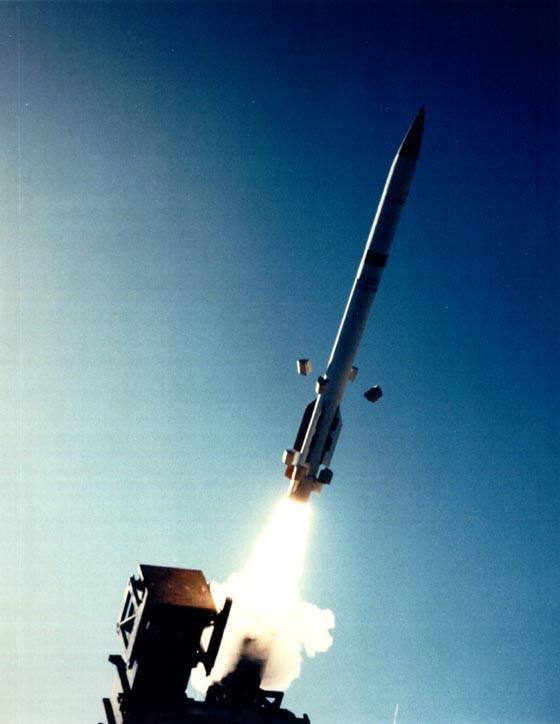
Perhaps the United States might be interested in India with its Aegis Ashore complex and its SM-3 missiles. However, the appearance of such a proposal is unlikely for political and other reasons. In addition, the Indian side needs mobile systems, and it is unlikely to be interested in a complex stationary complex. Also, the potential customer is not satisfied with the cost of construction and operation.
Last argument
India continues to build its own defense industry and takes on new directions, but is still heavily dependent on imports. According to SIPRI, last year alone almost $ 3 billion was spent on foreign products. There is a tendency to increase the military budget and spending on imported products. Thus, the Indian army remains one of the most profitable and welcome customers for any manufacturer of military products.
The contract for the S-400 provides for the supply of 5 regiment sets, each of which costs approx. $ 1 billion. In the near future, this money will go to Russian enterprises. American industry, which failed to win an order for its Patriot air defense systems, has to envy - and solve its problems with dubious methods.
“Patriot” could not get around “Triumph” in terms of tactical and technical characteristics, and American-Indian cooperation cannot be called long-term and successful. Under such conditions, in the absence of other arguments, Washington may resort to the final argument in the form of sanctions under the CAATSA law.
It is unlikely that the imposition of sanctions or the threat of such measures will force India to change its mind and break the contract with Russia. However, they will seriously spoil relations between New Delhi and Washington. Obviously, pressure and blackmail are not the best way to interest a partner and begin fruitful cooperation.
In the context of the US-India dispute, it is necessary to recall the recent events around the S-400 for Turkey. On this basis, Washington and Ankara seriously quarreled, which has already led to unpleasant consequences for both sides. However, the Turkish army did not abandon the Russian air defense systems. And there is no reason to believe that India will not follow her example.
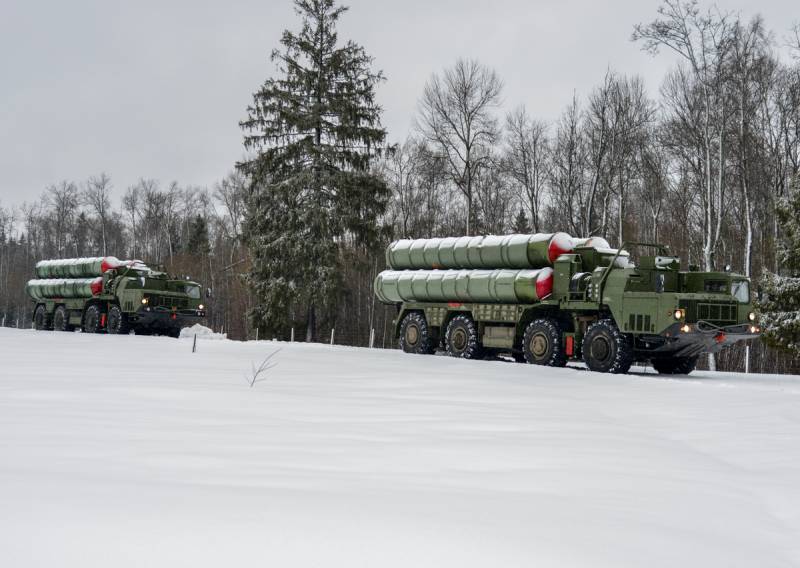

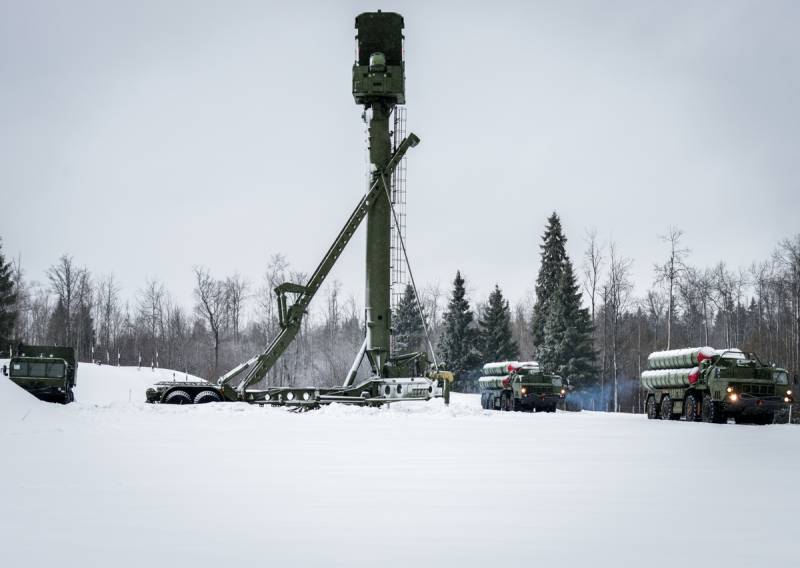
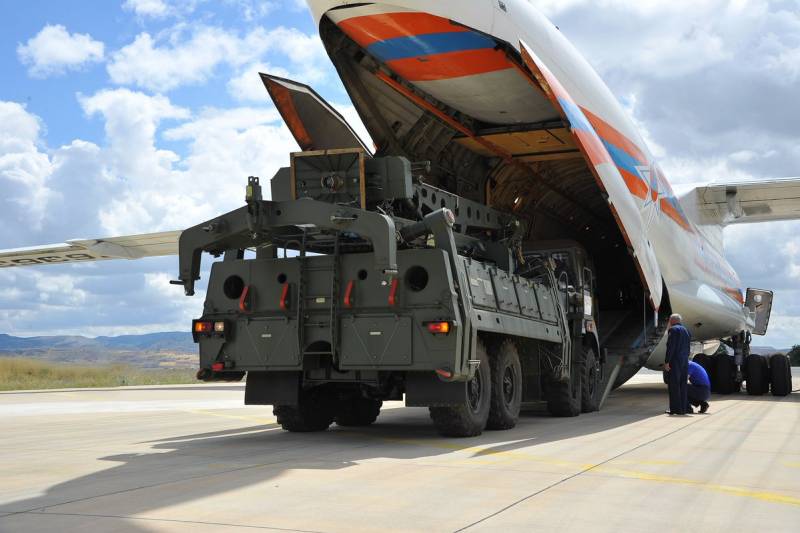

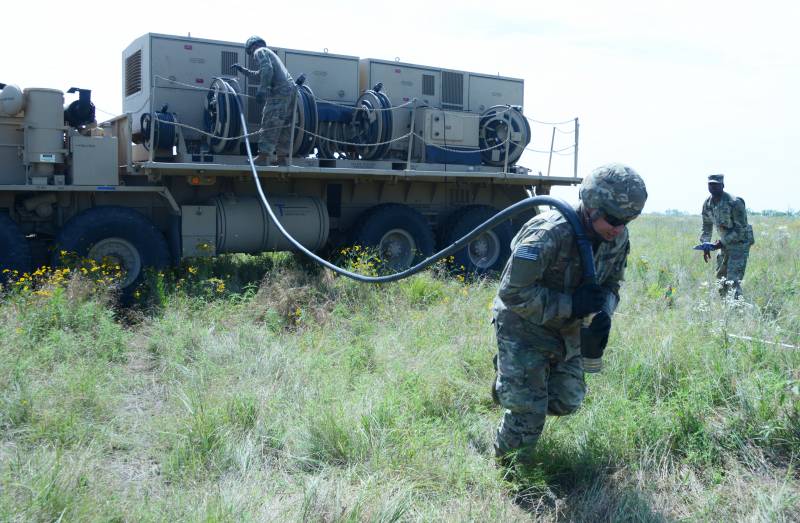
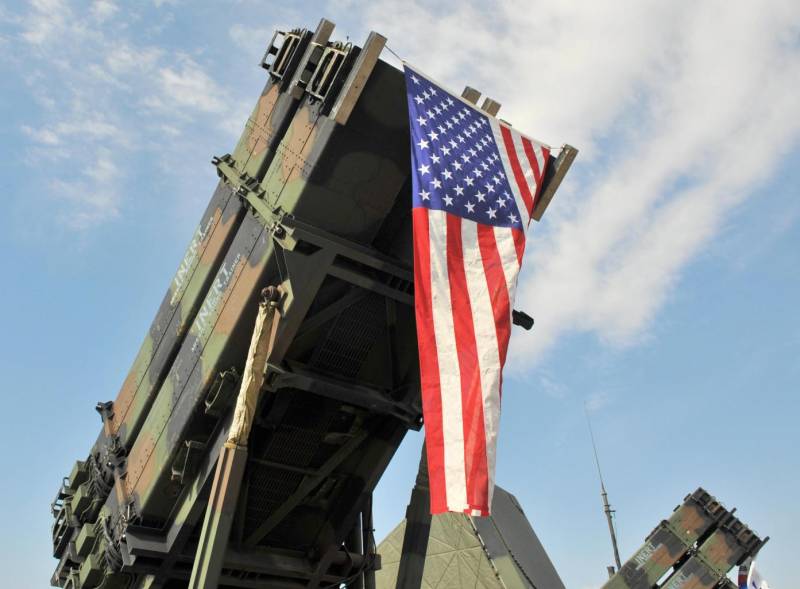
Information